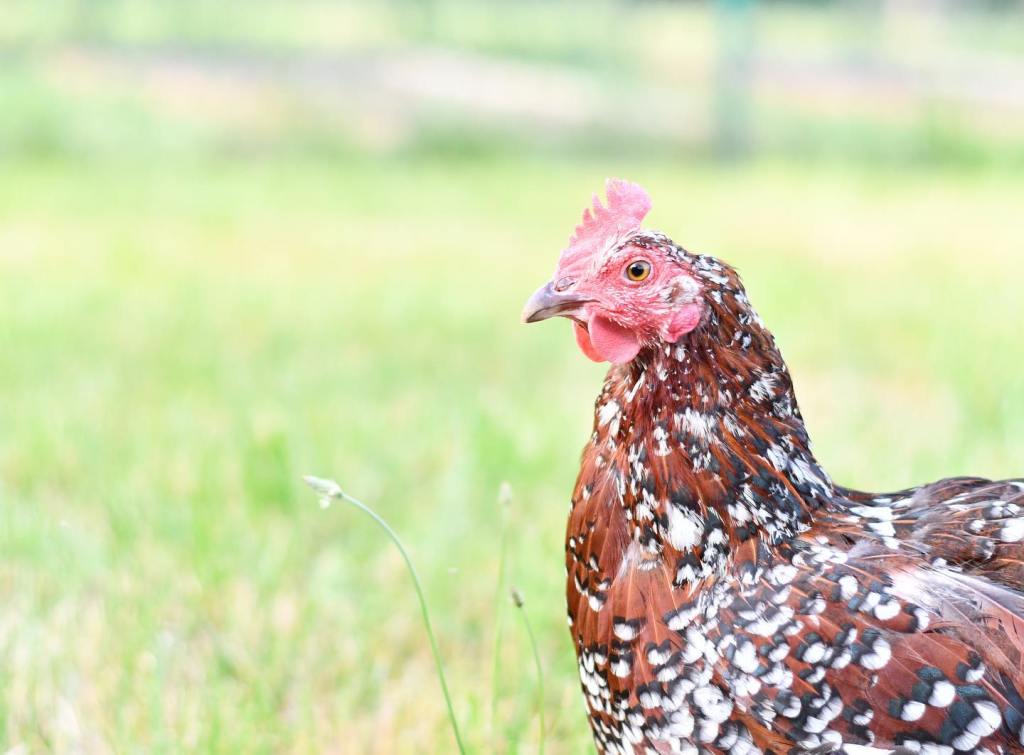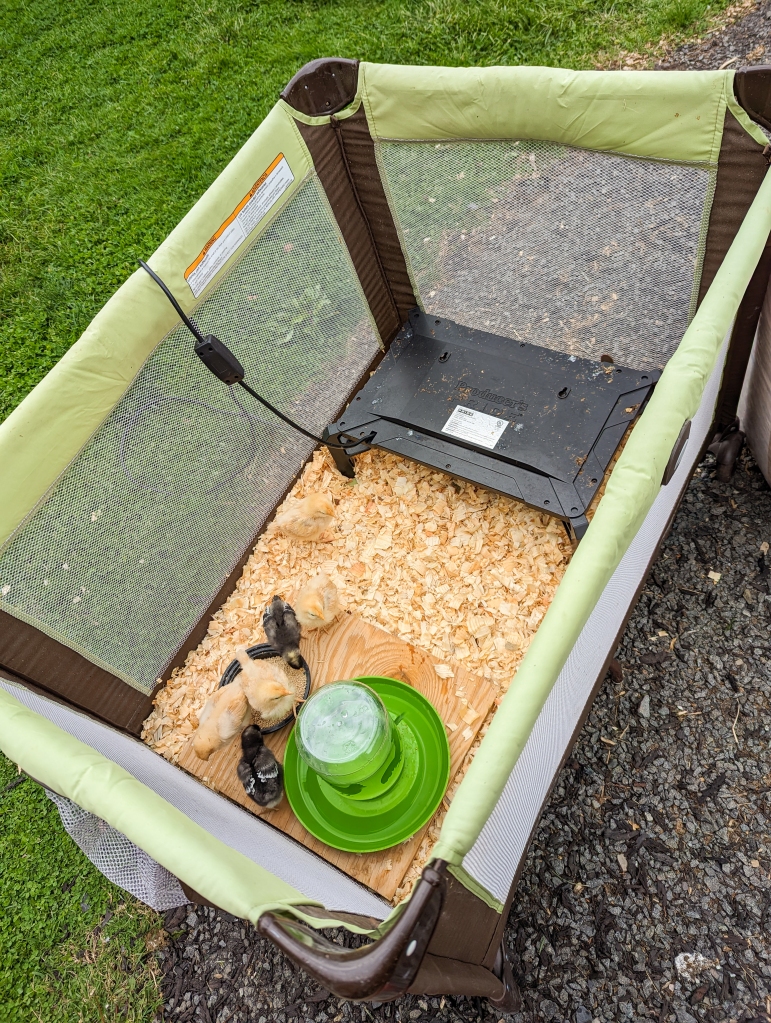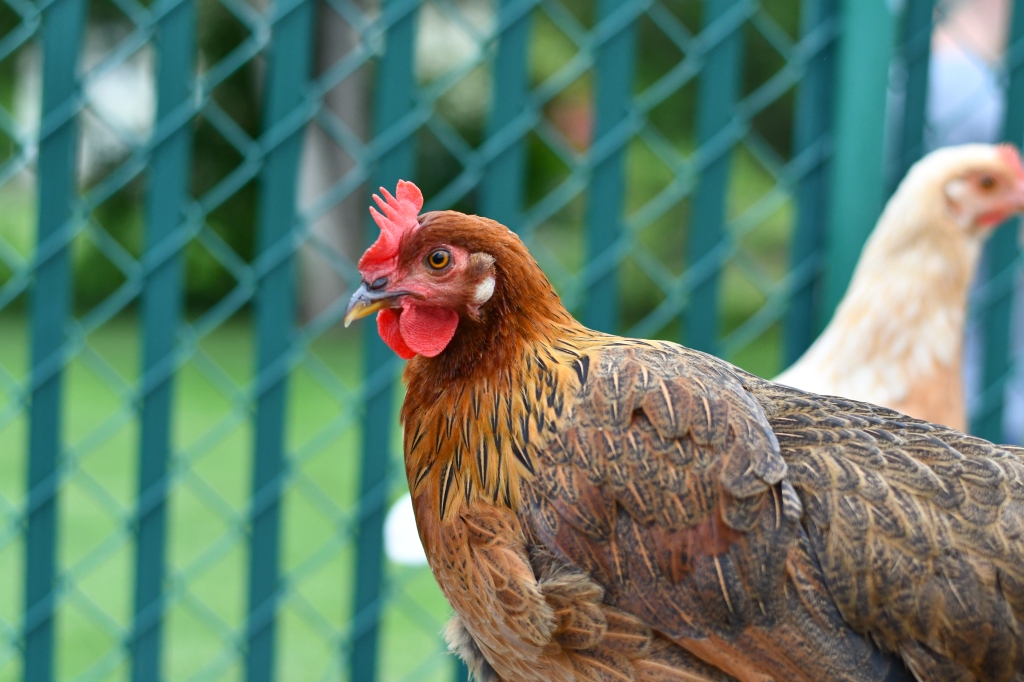Our top picks for the best three chickens to have on the homestead
After keeping chickens for a couple of years now, we’ve officially kept 11 different breeds of chickens! Wow. That seems like a lot, but because all chickens can pretty much cohabitate unless there is a really bad bully, it’s easy to just mix and match breeds. This list may change after some of our little chickies grow up and their personalities start to come through, but currently, these are my top three picks for the best chickens to have on a homestead.
The criteria that I’m looking at for a good homestead chicken include ability to forage/free range, egg laying abilities, and personality. A bonus is whether or not they will go broody. This means their willingness to sit on a clutch of eggs, hatch them, and raise the chicks.
1. Speckled Sussex Chicken

The Speckled Sussex was actually the first chicken we brought into our homestead. I was convinced that these would be the absolute best, after binge listening to Coffee with the Chicken Ladies podcast and going through all their breed spotlights! (BTW, highly recommend this podcast if you’re thinking about getting into chickens, these ladies are true experts!).
We started with six of them… Hence Six Sussex Homestead 🙂 We ended up trading our Sussex roo because he became pretty aggressive, but honestly I do miss him because he was BEAUTIFUL. And due to predation, we are down to three ladies. They are the absolute best homestead chickens in our opinion. They choose forage over chicken feed, which could cut down on the feed bill a lot if you are able to free range your chickens. They are extremely personable and chatty, despite me getting them at a year old after they weren’t handled much. They also ALWAYS go broody and raise chicks in the late Spring. They make the best mamas, are extremely protective of their babies, and are amazing at teaching them how to forage.
The only con to the Speckled Sussex is in true heritage breed fashion, they will completely stop laying when the weather starts to cool down, and will not start again until we are well into Spring. So if you do bring these chickens in, I would also recommend keeping a couple of production layers if you want to keep getting a few eggs over the winter.
2. Brahma
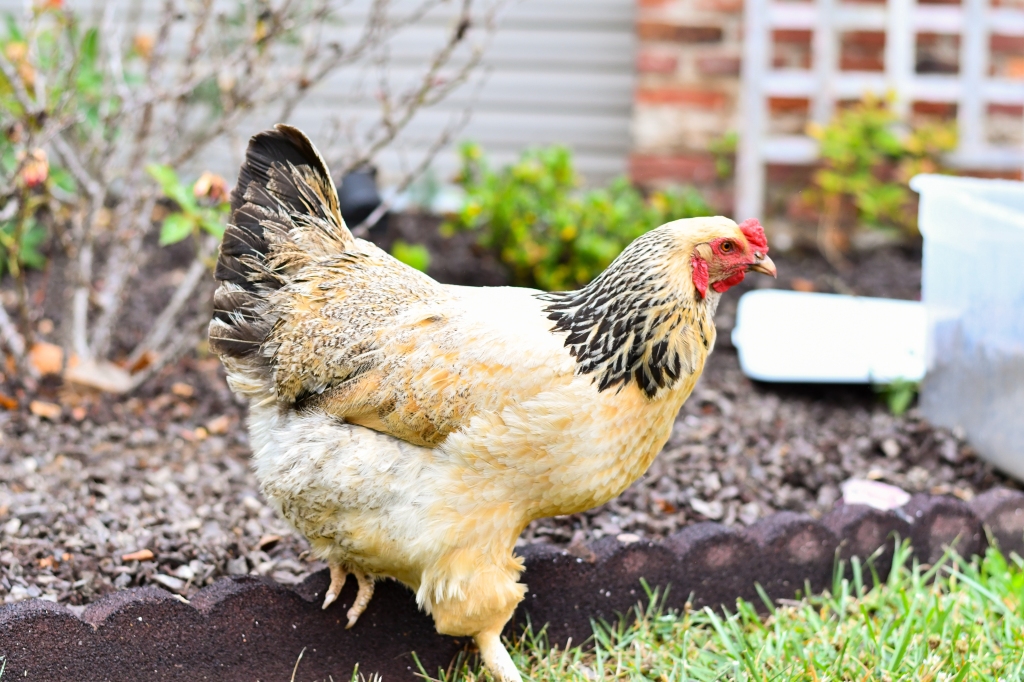
We love the Brahma chicken, even though we only have one! We got a Buff Brahma by accident from Tractor Supply when they had the bins labeled wrong, and I’m so glad we did. The best pro to having a Brahma chicken is their personality. They are big and lovable. Our Brahma, Martha Washington will allow anyone to pick her up and carry her around, and loves to take treats from your hand.
They are great if you plan to have your chickens around kids, even though they are a very large breed of chicken, they are known as gentle giants. These homestead chickens are also great at foraging and free ranging, and it’s also a plus that they are absolutely beautiful chickens. The Buff color is definitely my favorite and Martha is one of my favorite chickens to photograph. Again with Brahma chickens, they aren’t the MOST prolific layers. They will stop laying over the winter, as they are a heritage breed and they will typically lay through the Spring and Summer and slow down over Fall and Winter.
3. Rhode Island Red
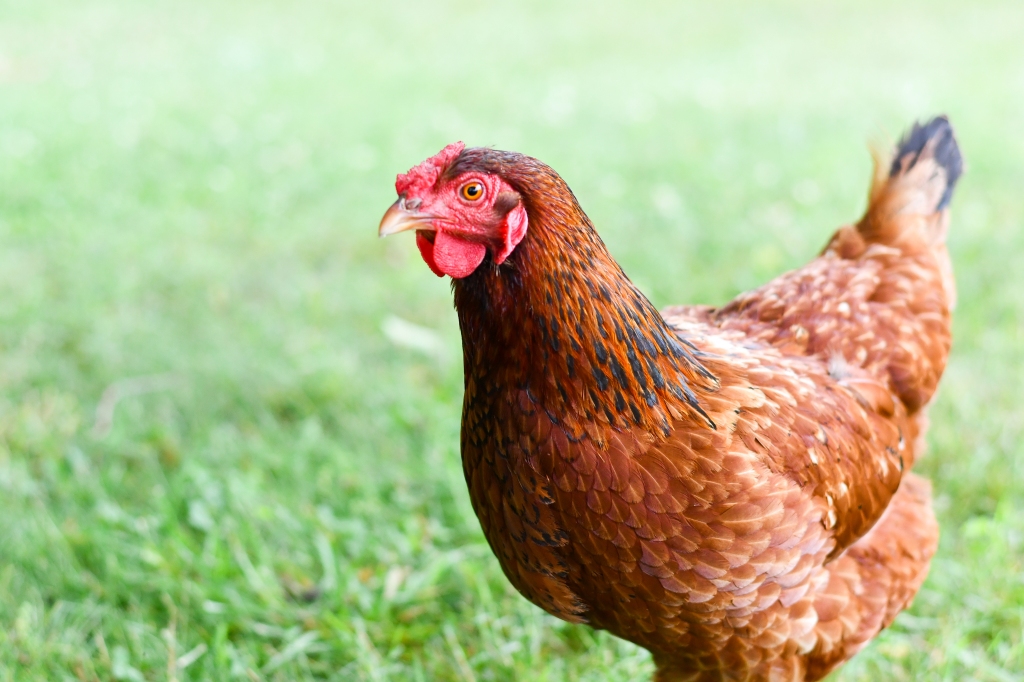
The Rhode Island Red is just a classic, go-to homestead chicken. It is another heritage breed, but in our experience a lot of times they will continue laying over the Winter, making them one of the more prolific layers of the heritage breeds.
They range in color from a deep red to a lighter auburn, and they are great foragers as well. Personality wise, I find them to be a bit more aloof than our other favorite breeds, but they make up for it with egg laying and free ranging abilities. I also have never had a Rhode Island Red go broody. We do have one Rhode Island Red who is our favorite, her name is Ruby and due to her being at the bottom of the pecking order with one of our previous roos, she was pretty badly bullied by the rest of the chickens, was missing tons of feathers and just in rough shape at the end of last year. I ended up separating her from the others and she became my little buddy. Now she is fully feathered again, and has the most beautiful deep red feathers marked with black as well. So there is hope for them to be more personable if they are handled a lot.
We also currently have juvenile Buff Orpingtons, Plymouth Barred Rock, Leghorns and Golden Laced Wyandottes, so this list may end up changing when some of those chickies get into their egg laying season and their little personalities start to come through. We will certainly keep you updated when that happens! What is your favorite homestead chicken? Let us know in the comments!



